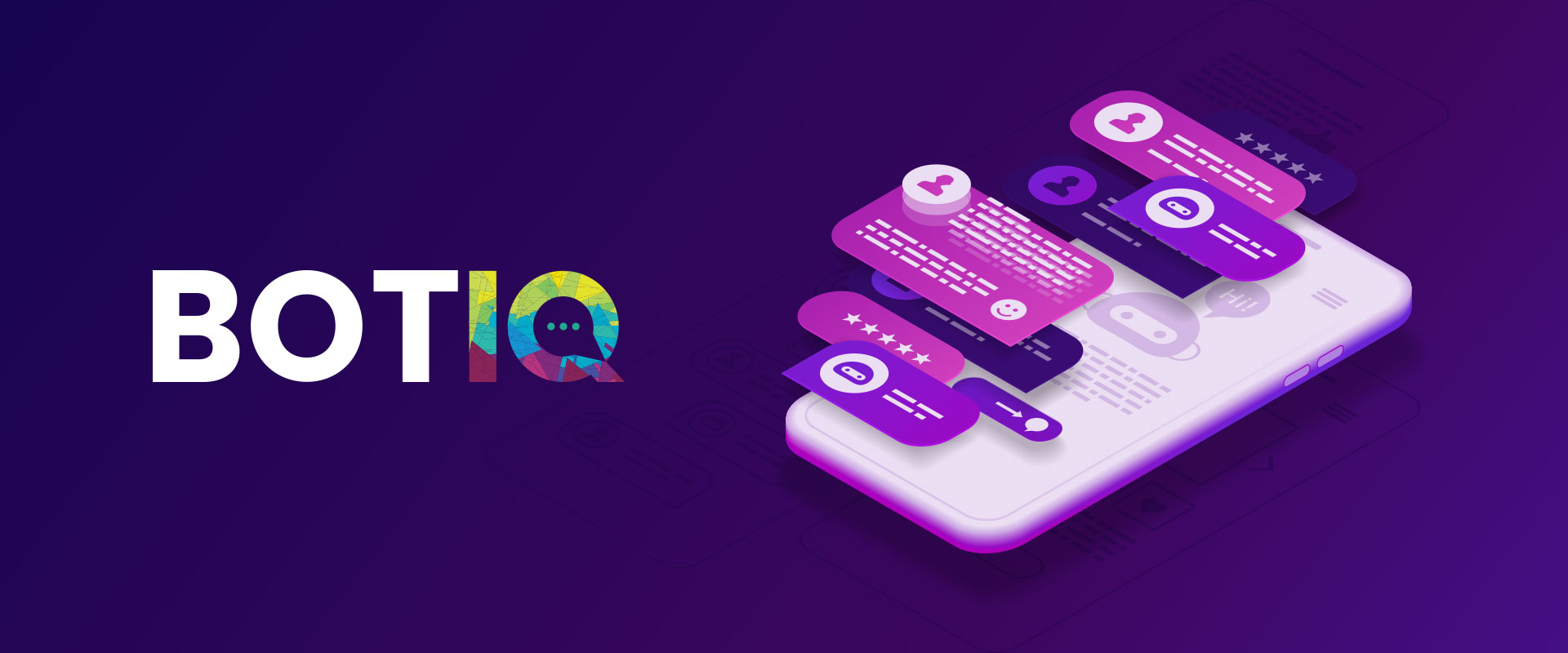Chatbots come in all shapes and sizes and all levels of sophistication. Just as we measure the levels of autonomy when it comes to vehicles and self-driving cars, we can measure chatbots in the same way.
In this video Bassam Salem, the Founder and CEO of AtlasRTX, the leading provider of AI-powered chatbots, explains the different levels of autonomy in chatbots today and what that means for any company looking to invest in chatbot technology.
Level 0 | No autonomy. Live Chat falls into this category; a human is required to engage with the website visitor.
Level 1 | Very limited autonomy. We call these “Traffic Bots”; a very basic bot that routes the visitor to a human through a short series of buttons or simple questions.
Level 2 | Basic autonomy. The “FAQ Bot” can answer questions based on a finite, static knowledgebase of frequently asked questions, however its ability to understand and process natural language is very limited.
Level 3 | A more intelligent use of autonomy. The “Guiding FAQ Bot” has a more robust use of natural language processing but its knowledge is still based on a static database of answers. These bots can guide a user through a conversation and can do basic lead qualification.
Level 4 | Advanced autonomy. An “Autonomous Bot” can operate without the need for human involvement in most cases. A Level 4 bot can draw on dynamic data that continuously changes (live inventory and data feeds) and is context-aware. AtlasRTX chatbots fall into this category.
Level 5 | Human-like autonomy. “Fully Autonomous Bots” can handle all situations without the need for a human. This level also means the bot will learn and teach itself autonomously, continually improving and evolving. This is the most advanced form of artificial intelligence. Chatbot technology is not quite here yet.


